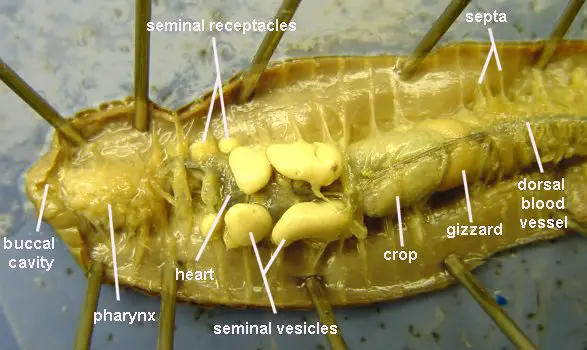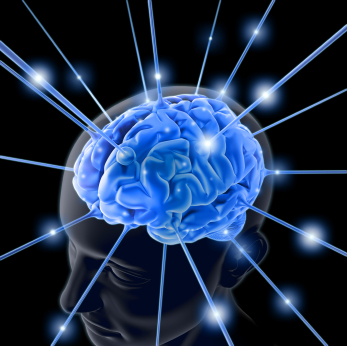 Click here to watch a video of a frog dissection. How do the organs or the frog compare to that of the human? How are they different?
Click here to watch a video of a frog dissection. How do the organs or the frog compare to that of the human? How are they different?Friday, January 29, 2010
Frog Dissection
 Click here to watch a video of a frog dissection. How do the organs or the frog compare to that of the human? How are they different?
Click here to watch a video of a frog dissection. How do the organs or the frog compare to that of the human? How are they different?Tuesday, January 26, 2010
Antibody Animation
During the immune system response, Y-shaped antibodies begin attacking the pathogen, binding to its surface proteins as the pathogen attempts to anchor to the blood cell. The antibodies completely block the pathogen from attaching to the blood cell, "tagging" the pathogen so that one of the immune system's leaner cells, a macrophage, appears onscreen to engulf and digest the pathogen.
Allergies
Allergies are part of your body's non-specific immune system. Watch this animation to learn more.
Vaccines
 Vaccines are used to expose the immune system to harmful antigens and teach the body how to fight back. After fighting off the vaccine, the body retains a lasting memory of how to fight off that particular type of attack. Watch the animation to learn more.
Vaccines are used to expose the immune system to harmful antigens and teach the body how to fight back. After fighting off the vaccine, the body retains a lasting memory of how to fight off that particular type of attack. Watch the animation to learn more. What diseases have you been vaccinated against?
Sunday, January 24, 2010
Midterm Review #2 - Feedback Mechanisms
 Click here for a short video of a feedback mechanism that controls blood sugar levels in the body.
Click here for a short video of a feedback mechanism that controls blood sugar levels in the body.Click here to view an animation of a feedback mechanism that controls body temperature.
Labels:
Endocrine System,
Feedback Mechanism,
Gluose,
Insulin,
Temperature
Virtual Earthworm Dissection
Are you curious about the earthworm dissection we are going to complete during lab this week? Click here to see the structures and body systems of the earthworm, Lumbricus terrestris. How are the structures similar to that of the human? How are they different? Enjoy!
Friday, January 15, 2010
Insulin Animation
Click here to see an animation that compares normal insulin production to type 1 and type 2 diabetes.
What is the difference between the two types of diabetes? How can they be controlled?
What is the difference between the two types of diabetes? How can they be controlled?
Wednesday, January 13, 2010
Tuesday, January 12, 2010
Reflex Arc
Click here for a detailed animation of a reflex arc. Take the quiz at the end of the animation. How did you do?
At the GAP - the synapse, that is!
Click here for a detailed animation of how the nervous system processes information. Be patient, the animation moves rather slowly, but there is a great deal of useful information about how messages are carried throughout the body, specifically through nerve cells.
How does diffusion play a part in the transmission of nerve impulses?
New Brain Study
Click here to learn about scientists that are conducting current research on the human brain. Did you know that the information from one dissected brain could fill 1 terabyte of computer storage?
What did you find most fascinating about this article?
Wednesday, January 6, 2010
How do kidneys work?
Click here for an animation of how your kidneys function.
Subscribe to:
Posts (Atom)







